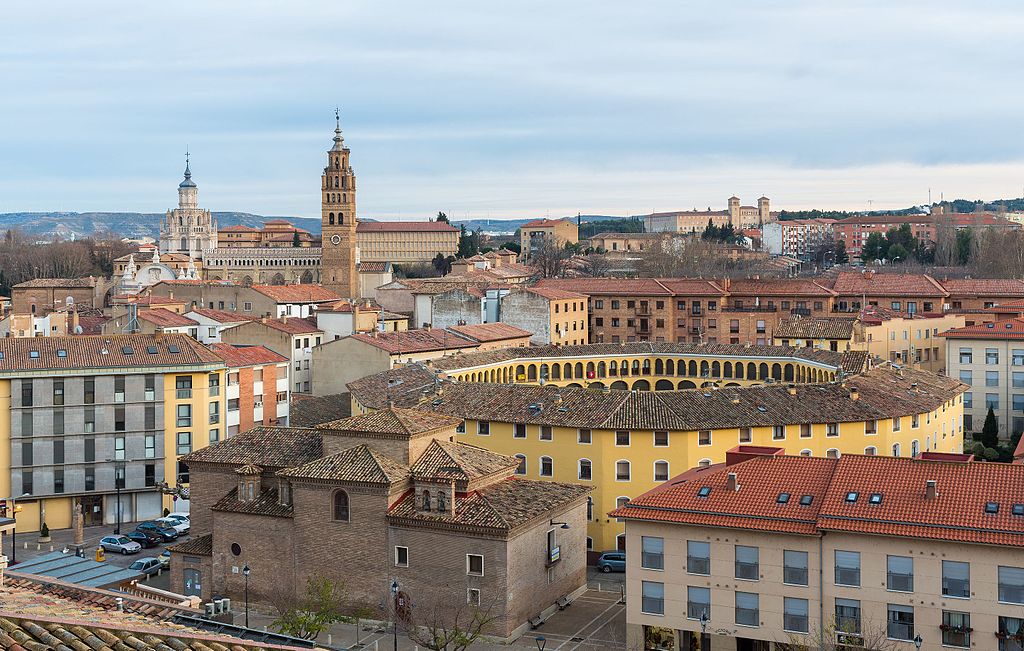The Jewish presence in the ancient city of Tarazona dates back to at least the 12th century. So old, that it may even have been present in Roman times. This presence developed, especially in the following century. The town’s location, next to Navarre and Castile, contributed to its commercial and strategic development.

The Jewish community of Tarazona was one of the most important in the kingdom of Aragon, enjoying long periods of prosperity, with some great families such as the Portellas. The central figure was Moshe de Portella, a financier to the King of Aragon, whose name is now borne by an association that researches the city’s Jewish cultural heritage.
This development materialised to such an extent that there were two Jewish quarters, one preceding the other in time. Each had a synagogue. The old quarter was located between the streets Rua Alta and Conde. A street in the district is still called “Street of the Jews”. The remaining façade of the synagogue can also be found here. The more recent neighbourhood was located near Rua Aires . A Jewish cemetery was located near these areas.

The situation of the Jews of Tarazona developed somewhat differently in the late 14th and early 15th centuries compared to other Spanish cities. They even enjoyed official protection by the municipal authorities and a period of prosperity under Alfonso V and Juan II in the 1430s and 1440s, before the inevitable Inquisition decreed by the central power in 1492.
Some sixty medieval documents in Hebrew were found in Tarazona at the turn of the 21st century, and this has led to further local research. A festival on the return of the Sephardim to Tarazona was subsequently organised.
Sources : Encyclopaedia Judaica, Redjuderias.org, Jta.org